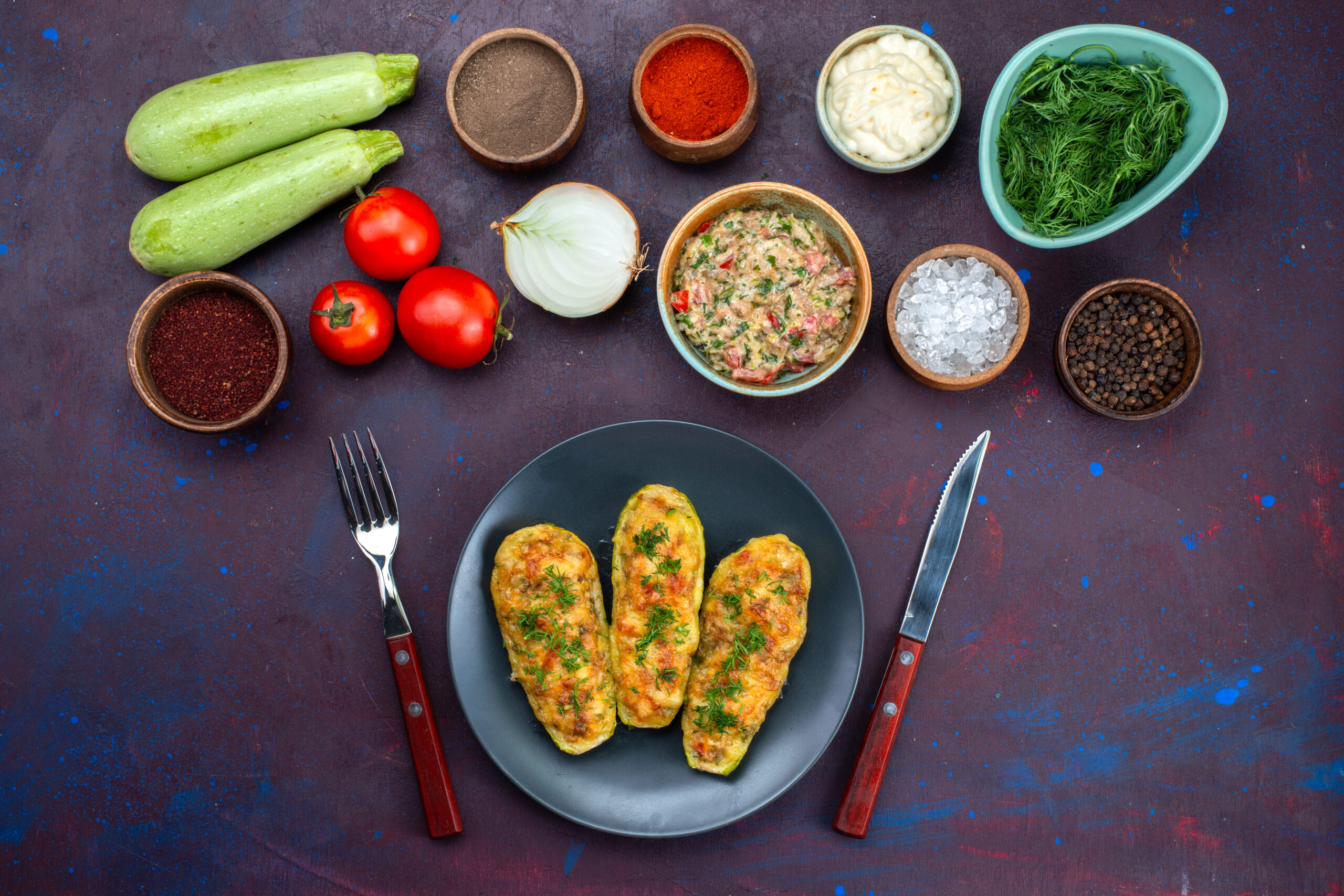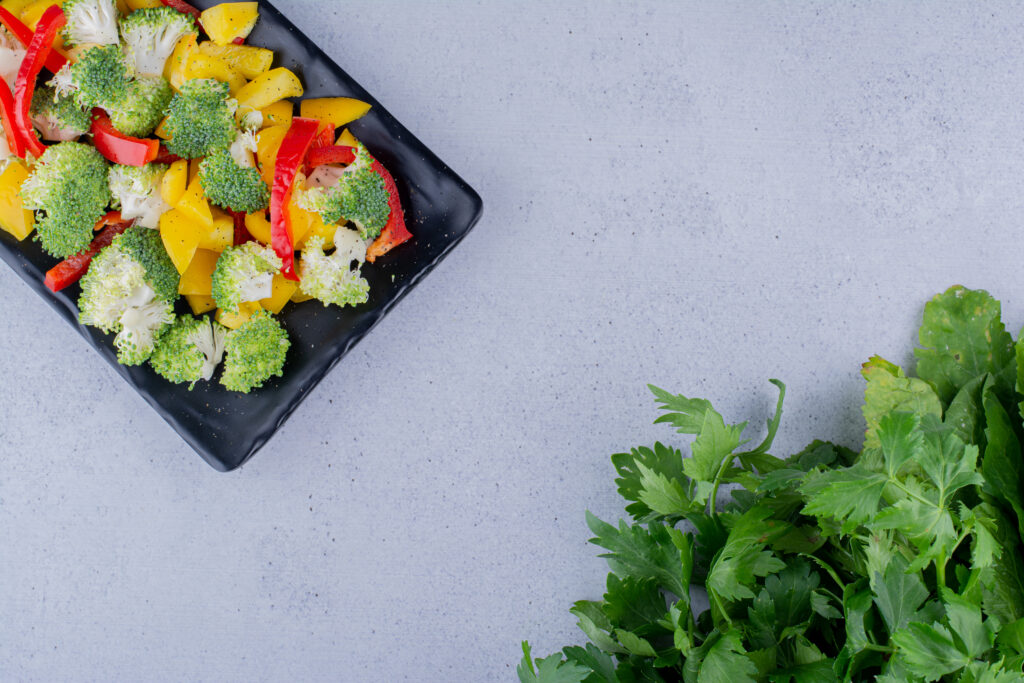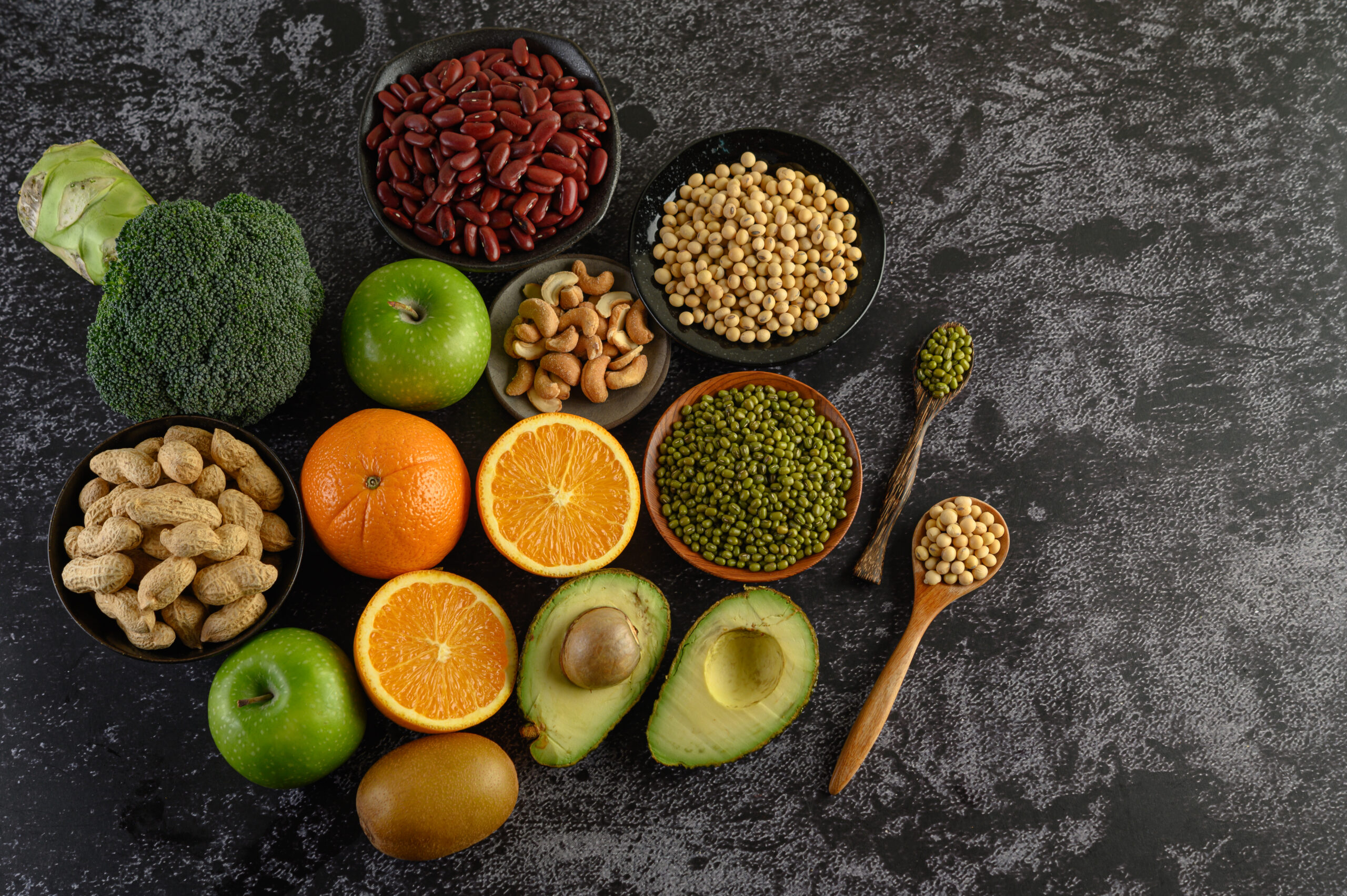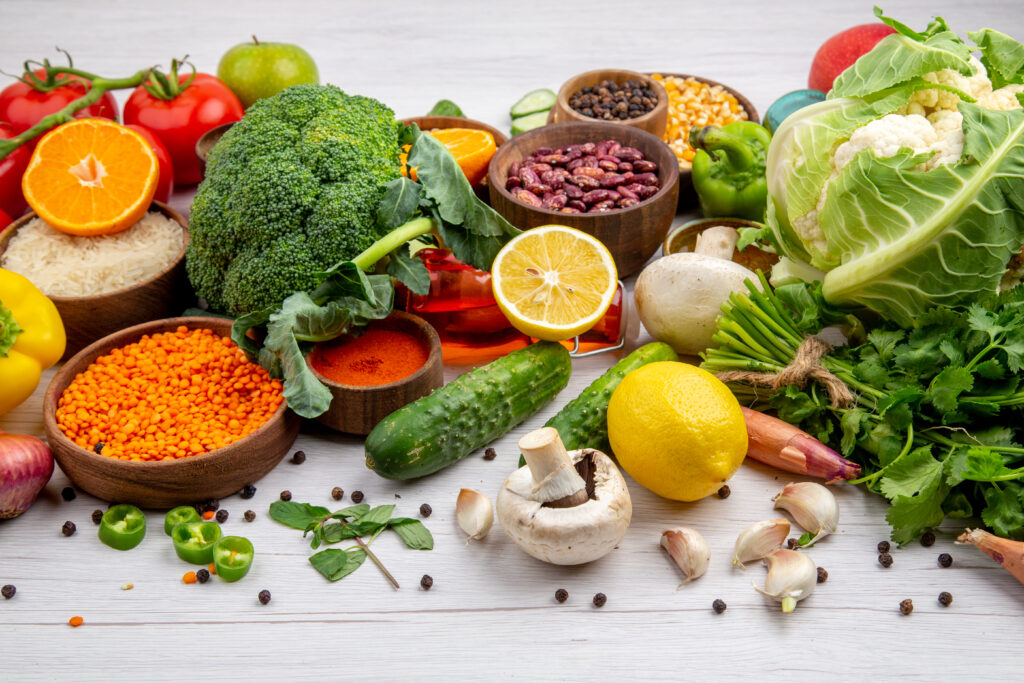



Eating a nutritious diet is important for both your physical and mental health. It can improve your mood, boost your energy, help you think clearly, and keep you feeling good overall. However, for many people facing nancial difculties, job insecurity, or living on a limited income, it can be hard to nd healthy and affordable food.
Along with a lack of time, a small budget is one of the biggest obstacles to eating healthy. When you’re hungry and in a rush, processed and fast food often feel like the easiest and cheapest options. These convenience foods are designed to be delicious and lling, which can make you want to eat more than you need. However, they are typically full of sugar, preservatives, and empty calories, and lack the nutrients your body needs. Despite what many believe, processed foods are usually not cheaper than making healthy, home-cooked
meals.
Eating healthy on a budget isn’t just about buying cheaper food. The experience of sharing a meal with others can make even the simplest dishes more enjoyable and help you stay motivated to eat better.
● Shop Together: Going grocery shopping with someone else can make the process easier and more fun. If you have children, letting them help with shopping and meal prep is a great way to teach them about healthy eating, budgeting, and reading food labels. Shopping with a friend or roommate is another chance to save money by sharing ideas and taking advantage of deals like “buy one, get one free.”
● Make Meals Social: Eating with others, whether it’s family, friends, or coworkers, can lift your spirits and reduce stress. Sitting down with your family gives everyone a chance to connect and share their day. If you live alone, consider inviting a friend or neighbor over for a meal, or even eating together over a video call. For example, one person can make the main dish, while the other prepares the dessert.
● Cook Together: Preparing food with others can make the cooking experience more enjoyable and help you save money. Splitting the cost of ingredients makes it more affordable for everyone, and cooking together can also help avoid eating out of boredom or loneliness. If you can’t be together in person, you can still cook and eat together virtually, which can be a fun and cost-effective way to bond while enjoying healthy food.
By making your meals more social, you can enjoy cooking and eating on a budget while also beneting from the support of friends or family. It makes healthy eating more fun and less stressful, while helping you stick to your budget.



Eating healthy on a budget starts with planning. It helps you stick to your budget, avoid wasting food, and make better food choices. You can use apps or websites to track your grocery expenses, or simply make a shopping list. Sticking to your list helps you avoid buying things you don’t need.
Eat Out Less: It may seem like fast food is cheaper with deals like ₹100 meals, but a meal for two people at a fast food restaurant can cost ₹700-₹1000, and for a family of four, it could be ₹1500-₹2000. Cooking a healthy dish like a simple vegetable stew or Pasta can be much cheaper, and you will have leftovers.
Make Your Shopping List: As you plan your meals, make a note of what you need and check what you already have at home. Check your pantry, fridge, and freezer for items you can use, and look out for any food nearing its expiry date.
Stock Up on Essentials: Keep basics like rice, oats, our, oil, lentils, frozen vegetables, canned beans, and spices. These are affordable, versatile, and healthy.
Find Cheap, Healthy Recipes: Look for recipes that use affordable ingredients. For example,brown rice with beans, corn, and salsa makes a great, low-cost Mexican meal. You can also try using rice with vegetable and soy sauce for a simple Asian dish.
Avoid unhealthy foods like chips, cookies, soda, and packaged meals. These not only offer little nutrition but also end up costing more in the long run with health problems.
Choose Whole Foods: Processed foods may seem convenient, but they’re more expensive. For example, buying a block of cheese and slicing it yourself is cheaper than buying pre-sliced cheese. Similarly, buying a whole head of lettuce and chopping it yourself is cheaper and fresher than bagged salad.
Buy Frozen Vegetables and Fruits: Frozen produce is just as healthy and usually cheaper than fresh. It lasts longer too, which helps reduce food waste. If you have space in your freezer, buy the larger bags for better value.
Go for Store Brands: Store or generic brands are often cheaper than branded items but are just as good.
Make Your Own Meals: Instead of buying coffee or snacks, prepare your meals at home. Make sandwiches, salads, or use leftovers for a quick breakfast or lunch.
Buy in Bulk: Buying things like rice, beans, and canned goods in bulk is cheaper. You can also share bulk items with a friend to save even more money.
Shop for Seasonal Produce: When fruits and vegetables are in season, they are cheaper and fresher. Buying items like potatoes, onions, apples, and oranges in bulk also saves money.
Choose Whole Grains: Whole grains like brown rice, oats, and quinoa are often cheaper and healthier than rened grains like white bread or sugary cereals.
Drink Water: Instead of spending on sugary drinks or soda, drink water. You can add lemon, lime, or orange slices for avor.
Your local kirana store or supermarket isn’t your only option. Explore other places to and affordable and healthy food.
Wholesale Markets: Stores like Big Bazaar, Metro Cash & Carry, or wholesale markets offer great deals on bulk items such as vegetables, rice, lentils, and even dairy products. You can buy in bulk and freeze extra portions for later use.
Farmers’ Markets: In many cities, you can nd local farmers selling fresh, seasonal produce at lower prices than supermarkets. Visiting these markets can help you get high-quality fruits and vegetables at a fraction of the cost. You can also try going towards the end of the day when they often offer discounts on unsold produce.
Join a CSA (Community Supported Agriculture): In some areas, you can buy a subscription to a CSA, where you get fresh, locally grown, seasonal vegetables directly from farmers. This can be more affordable and ensure you have access to healthy produce throughout the season.
Local and Ethnic Markets: Small local markets and ethnic stores (such as those selling South Asian or regional foods) often have good prices on fresh produce, grains, spices, and pulses. These stores can be a great source of affordable, nutritious ingredients.
Online Grocery Shopping: Many Indian online grocery stores like BigBasket, Grofers, and Amazon Pantry offer delivery of healthy groceries at competitive prices. Look out for discounts, but always check delivery charges to make sure you’re getting the best deal.



Protein is essential for your body, but vegetarian sources can be both nutritious and budget-friendly. Here’s how to include affordable, vegetarian protein in your meals:
Use Lentils and Pulses: Lentils (dal), chickpeas (chole), kidney beans (rajma), and moong dal are excellent sources of protein and are very affordable. They can be used in a variety of dishes such as dals, soups, or curries.
Paneer and Tofu: Paneer (cottage cheese) and tofu are both great sources of protein and can be used in curries, stir-fries, or grilled dishes. You can easily make homemade paneer
to save money.
Add More Vegetables: Some vegetables are also good sources of protein, such as spinach (palak), broccoli, peas, and methi (fenugreek). You can add them to curries, sabzis, or even make vegetable kebabs.
Peanuts and Nuts: Peanuts, almonds, and cashews are rich in protein and healthy fats. They can be eaten as snacks or added to curries, chutneys, or even sweets like chikki.
Chia Seeds and Flax Seeds: These tiny seeds are packed with protein and ber. You can add them to smoothies, yogurt, or salads.
Dairy Products: Curd (yogurt) and buttermilk (chaas) are great protein-rich, affordable sources, and they’re common in Indian diets. You can have them with meals or as snacks.
Soy Products: Soya beans or soy chunks (nuggets) are great protein sources. You can use them in stir-fries, curries, or even in salads.
By incorporating these vegetarian protein options into your meals, you can enjoy a nutritious and cost-effective diet.
Cooking in larger quantities can help you save time, money, and effort.
Cook Once, Eat Multiple Times: Prepare a big meal at the start of the week and use leftovers for future meals. Dishes like khichdi, dal, or vegetable pulao are perfect for making in large batches. You can easily reheat them for lunch or dinner later in the week.
Transform Leftovers into New Meals: Don’t throw away leftovers! Get creative and turn them into new dishes. For example, leftover dal can be used to make a soup or can be added to a sabzi. Leftover chapati can be turned into chapati crumbs for upma or paratha rolls. If you have extra rice, you can make a quick fried rice or use it in a biryani.
By using these simple tips, you can eat healthy, traditional meals while saving both time and money.
Make New Meals from Leftovers
Instead of tossing out leftovers or letting them sit forgotten in the fridge, get creative and
turn them into fresh meals.
● Soups, Stews, or Stir-Fries: Start with a simple base like broth or sautéed onions and garlic. Add any leftovers you have—vegetables, rice, or a small amount of meat. These can easily be transformed into a hearty soup or stir-fry. Play around with different spices to create unique avors.
● Leftover Burritos: Leftover ingredients can make delicious burritos. Roll up your leftover rice, beans, veggies, or even curries in a whole wheat tortilla with some cheese or salsa for a tasty meal.
● Experiment with Combinations: Don’t be afraid to mix different foods together. You might be surprised by how well they work. For instance, create a large salad and top it with cooked grains like quinoa or brown rice, along with leftover vegetables or
bits of meat.
Cooking Without a Full Kitchen
If you’re living in a dorm, hotel room, or a space without a full kitchen, you can still cook healthy meals without much equipment.
● Shop Smart: With limited space, you may need to shop more frequently and in smaller quantities. Look for ready-to-cook vegetables that come in bags and can be quickly microwaved with a drizzle of oil, spices, or cheese.
● Small Appliances Are Key: Consider investing in affordable appliances like a toaster oven, hot plate, or a slow cooker. These can allow you to prepare meals quickly without taking up too much space.
Slow Cooker or Crock-Pot: A slow cooker is a game-changer for busy individuals. You can throw in meats, veggies, stock, and water, and leave it to cook while you’re away. It’s perfect for making soups, stews, or curries, and it’s energy-efficient compared to an oven. Plus, even cheaper cuts of meat taste great when slow-cooked!
● Cut Down on Processed Food: If you can’t prepare every meal at home, aim to reduce takeout or processed foods. Preparing even a few meals at home will save you money and boost your health.
With a little creativity and the right tools, you can still eat healthy meals and stick to your budget—no matter where you’re living!
Eating well on a budget doesn’t mean you have to skip desserts or sweet treats. We all have cravings for something sweet, but instead of opting for expensive, sugary processed sweets like cakes, cookies, or store-bought mithais, try these healthier alternatives to satisfy your
cravings without compromising on taste.
● Homemade Popsicles: Freeze fresh fruit juice to make your own popsicles. If you don’t have a popsicle tray, an ice cube tray with small plastic spoons as handles works just as well. You can even mix fruits like mango, orange, or pomegranate for a refreshing treat.
● Baked Goods at Home: Baking at home is a great way to control the ingredients and make healthier versions of your favorite treats. Try baking oatmeal cookies with minimal sugar. You can experiment with jaggery or honey as natural sweeteners.
● Yogurt Parfaits: Buy plain, unsweetened yogurt in larger packs, and add seasonal fruits like mangoes, bananas, or berries. You can also mix in nuts like almonds or walnuts and a drizzle of honey to create a nutritious and delicious dessert.
● Frozen Fruit Delights: Freeze fruits like grapes, bananas, or chikoo. These frozen fruits make for a naturally sweet and refreshing treat. For a richer option, drizzle some dark chocolate over the frozen fruit for an indulgent yet healthy dessert.
● Dark Chocolate: Dark chocolate is a great alternative when you’re craving something sweet. It’s full of antioxidants and has a deep, rich avor. A small piece of 70% cocoa dark chocolate can satisfy your cravings while being healthier than milk chocolate.
Whether you’re living alone, managing a busy schedule, or feeding your family, these tips help you enjoy healthy and affordable sweet treats. By focusing on local, unprocessed foods, cooking at home, and minimizing food waste, you can enjoy a nutritious, satisfying diet while saving money.

WhatsApp us